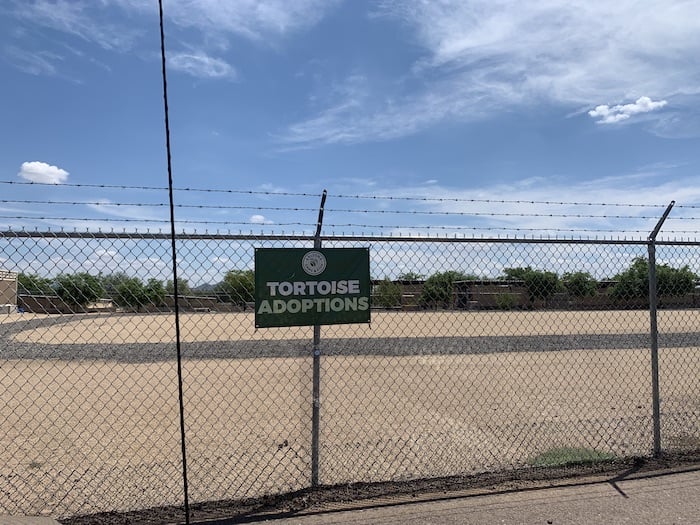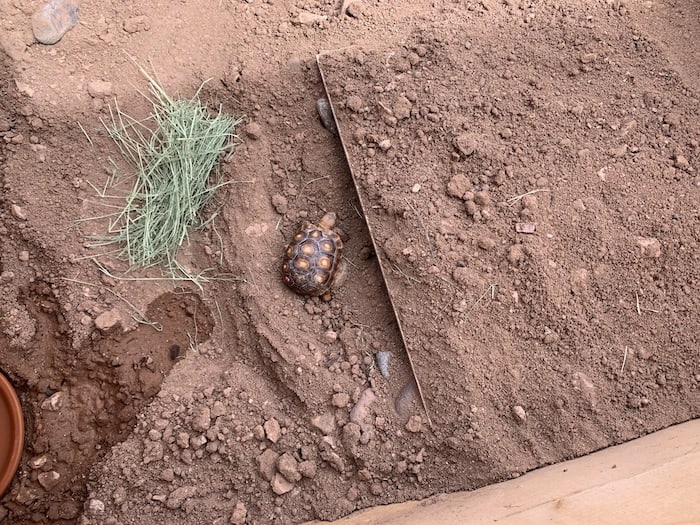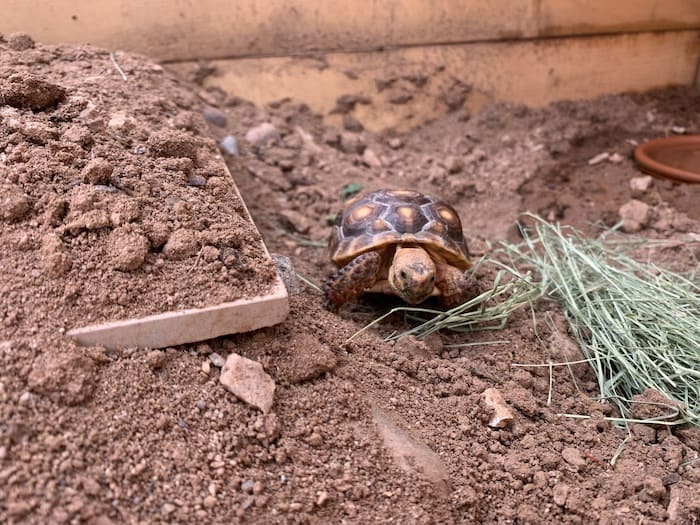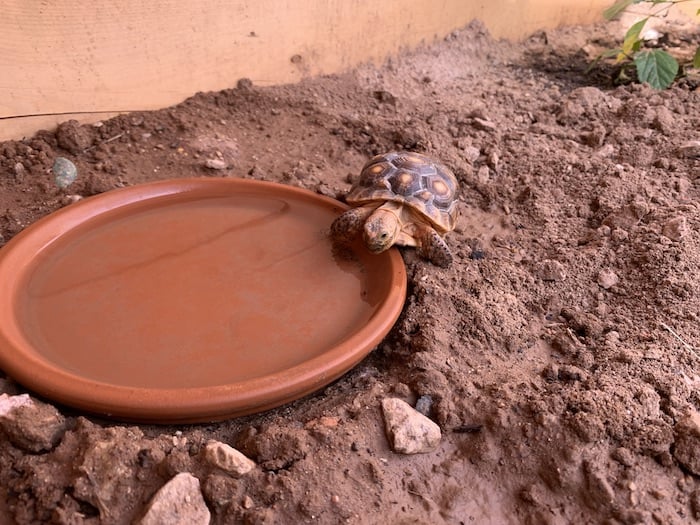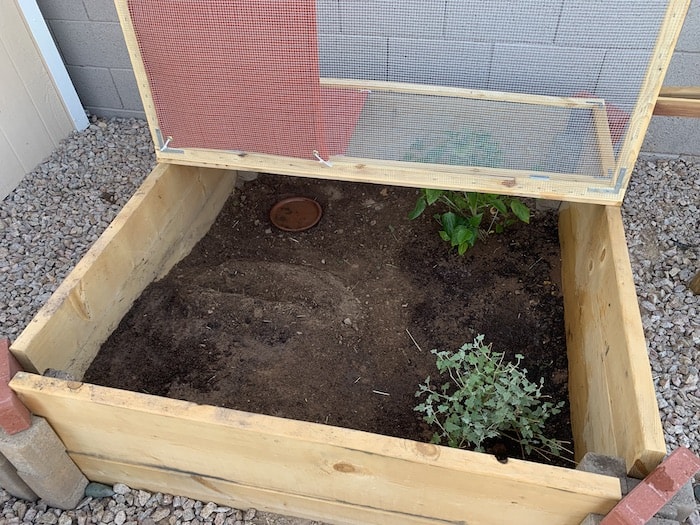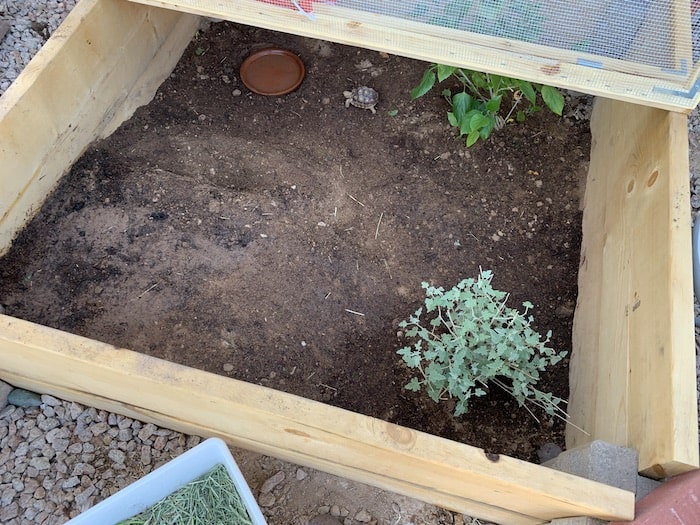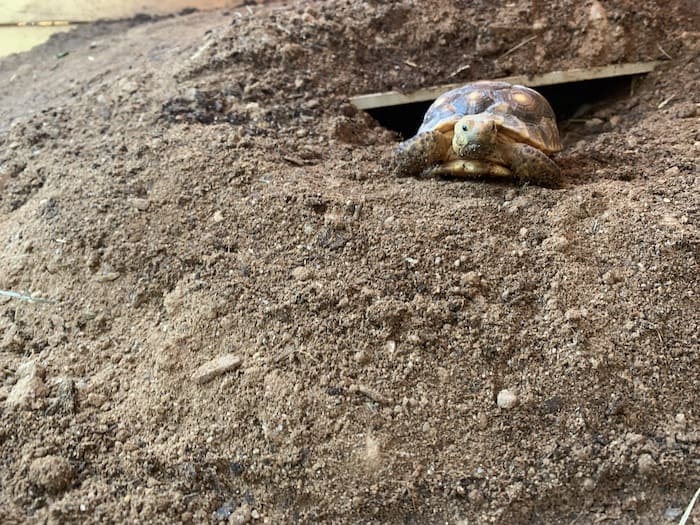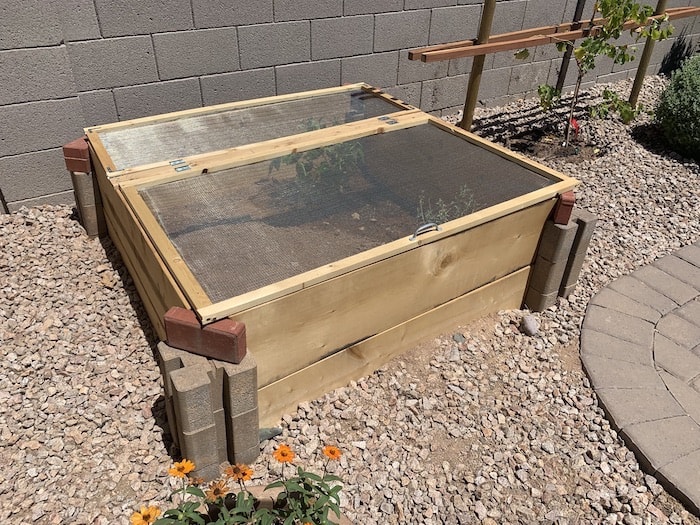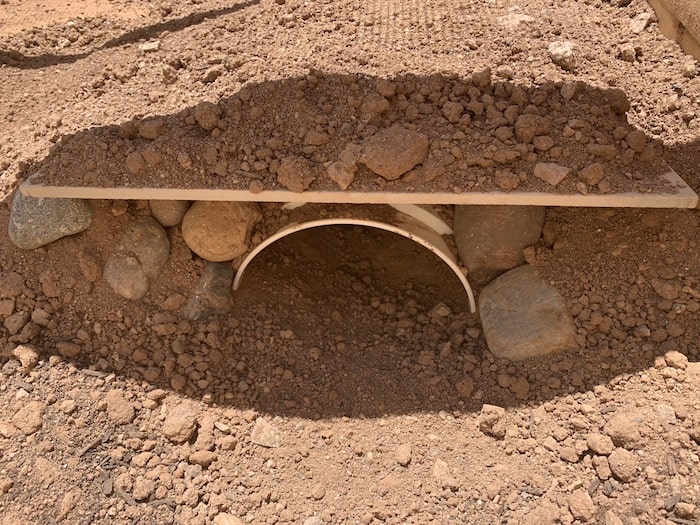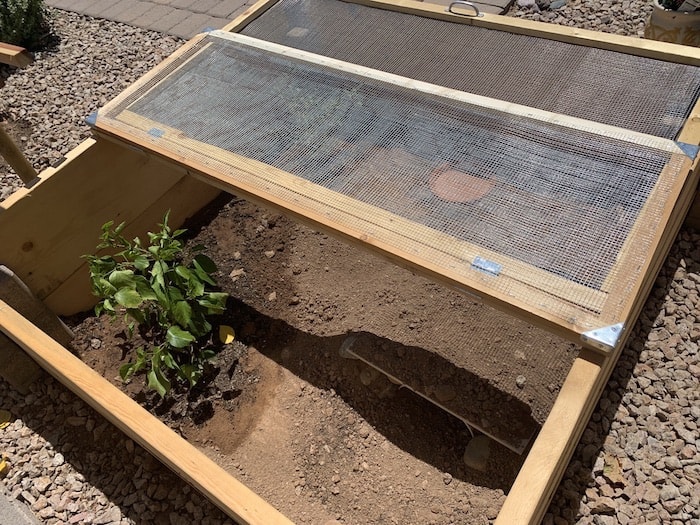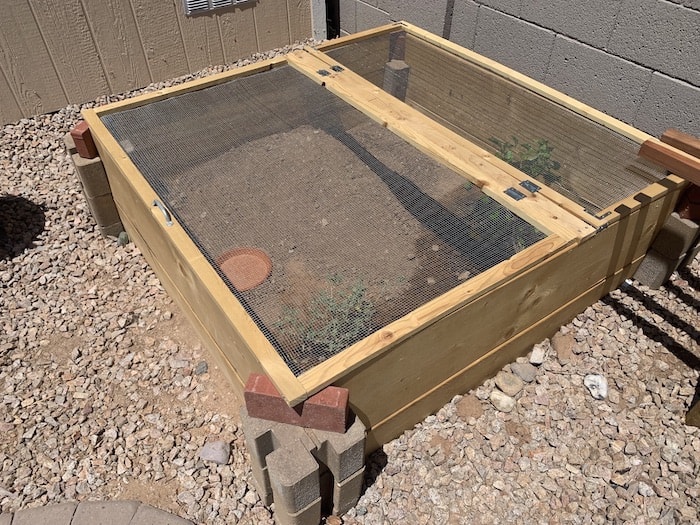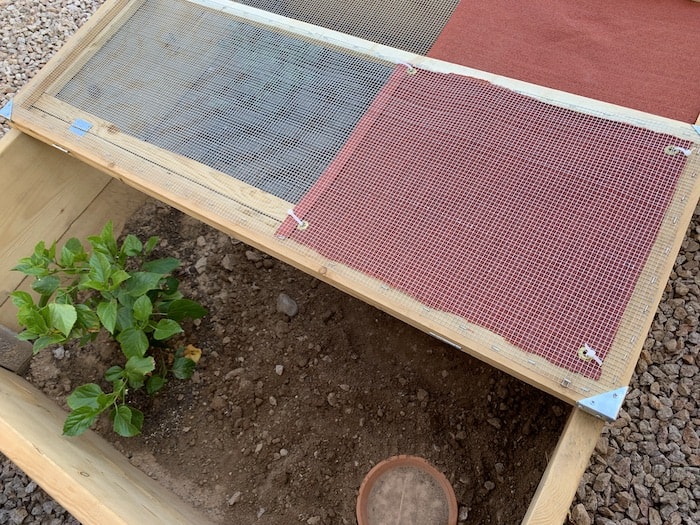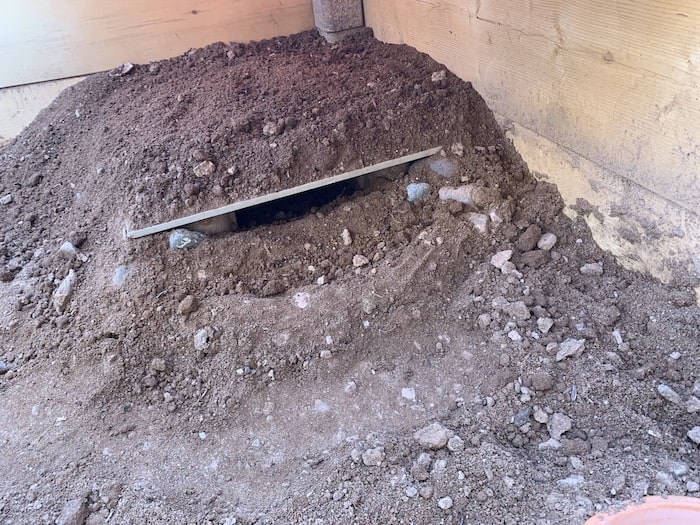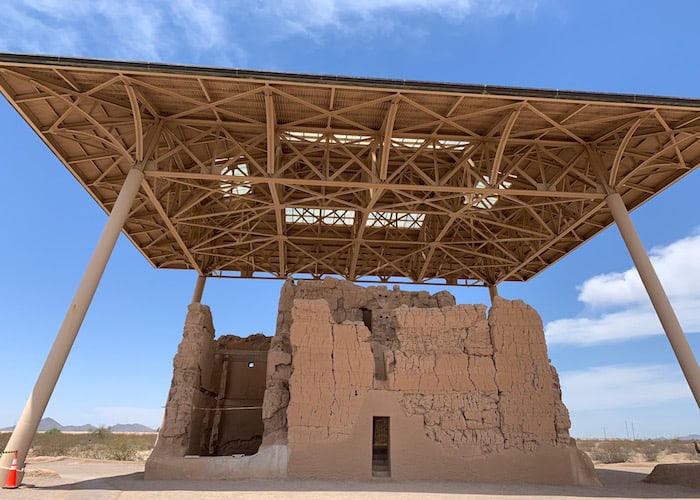It has been one month since we adopted our Sonoran desert tortoise from Arizona Fish and Game Department. Meet Finn.
We don’t know if Finn is a boy or girl and will not know until Fin is about 10 years old. Fin is currently 1 year of age.
Finn is a super low key pet. Our tortoise lives in our backyard in an enclosure. Once it gets bigger, Finn will be able to roam freely in the yard.
In the first week of having our tortoise we found Finn flipped over upside down three times. This can be super dangerous especially for the baby tortoises. They will release their bladders when upside down and can quickly become dehydrated.
After finding Finn flipped so many times we decided it would be best to redo the burrow again and add extra dirt in the enclosure. I have lost count at this point how many times we have remade the burrow. And this last time we got it just right. It is the perfect size and after some pretty heavy rains also stays dry. Plus Finn has not flipped over again.
Finn is super low maintenance and is about to become even more low maintenance. From October to March, Finn should be in hibernation (in reptiles it is called brumation). Which is so crazy to think about.
Our tortoise’s diet consists of hay, dandelion greens, globemallow, and green leaf lettuce. I tired growing buckwheat in the enclosure which was a big hit and was devoured as soon as it started sprouting. Going forward I will probably need to grow it out of the enclosure and then I can add it in to the feeding mix.
Currently Finn fits perfectly in our hands. We are excited to watch our little tortoise grow.







